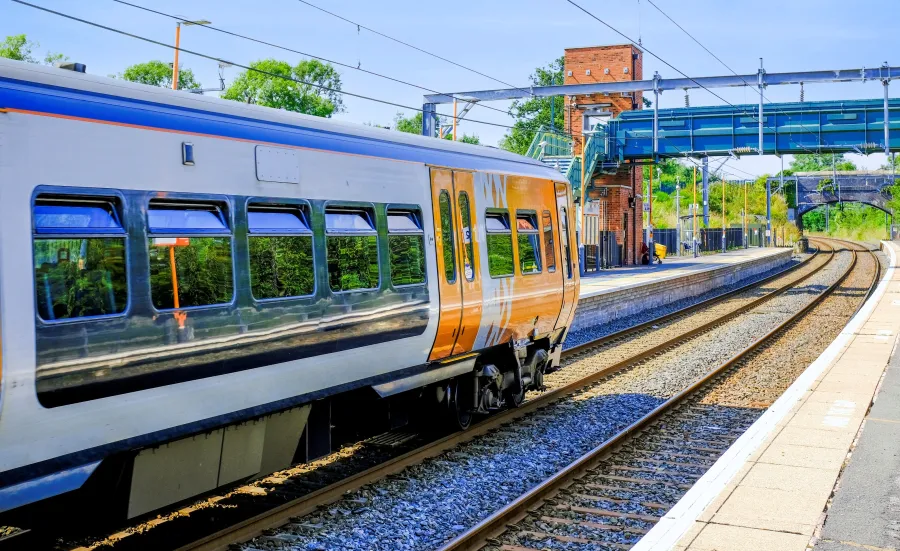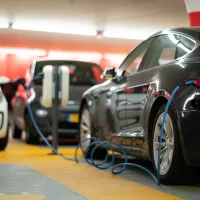Rail is the most efficient way to travel on land and has an important role to play in cutting the UK’s carbon emissions. Our research is helping to make it cheaper to convert older rail infrastructure to run on electricity.
Most of the UK’s railways were built in the Victorian era and the cost of adapting them to run on electricity has been prohibitively expensive. This has caused delays and cancellations to electrification projects such as the Great Western Electrification programme.
“There are two main reasons that schemes like the Great Western Electrification programme over-ran in cost,” says William Powrie, Professor of Geotechnical Engineering.
“Firstly, it was believed that a large clearance distance was needed between a bridge and the electrification equipment to prevent the possibility of electric current jumping or ‘arcing’ from the overhead line to the bridge."
“Secondly, it was believed that foundation piles for the masts that support the overhead lines needed to be over 10m in length,” William adds.
Industry engagement
For the past two decades, William and his team have been working with industry partners such as Network Rail to develop technologies to reduce the costs of electrifying historic rail infrastructure. This is part of the University's pioneering rail research that won a prestigious Queen Elizabeth Prize for Higher and Further Education in November 2025.
The University has delivered breakthrough research which is significantly reducing the costs of our capital investment programmes.
Martin Frobisher, Group Safety and Engineering Director, Network Rail
Using the world-class test facilities at the University’s National Infrastructure Laboratory and Tony Davies High Voltage Laboratory, combined with field monitoring and advanced analysis, they were able to challenge the assumptions that caused the halt to electrification schemes.
Redefining safe electrical clearance distances
“We showed that it is possible to have a safe clearance distance of just 20mm to the bridge when an electric-current-resistant coating is used in combination with specially developed lineside kit,” says William. This is a substantial reduction: the standard electrical clearance had previously been set at 370mm.
Using this approach at the Cardiff Intersection Bridge in Wales avoided the need for bridge reconstruction, saving £40M for Network Rail and preventing massive disruption to the local community.
This research led to a change in the Rail Group Standards, which will ensure long-term cost savings as electrification is rolled out across the UK rail network."
In my professional judgement, research at the University has contributed to influencing political decisions on railway electrification as a means of improving the affordability, reliability and environmental performance of the railway system.
David Clarke, Senior Technical Advisor, Railway Industry Association
Enabling affordable mast foundations
William and his team led a major research programme for Network Rail to investigate the depth requirements for the foundation piles that support overhead electric lines over railway tracks. This work aimed to challenge the assumption that piles needed to be 10m deep.
The research enabled the rail industry to adopt a cost-efficient method for specifying overhead electric line equipment pile foundations at a maximum depth of 5m, and the findings have been incorporated into an updated Network Rail standard.
This research has contributed to the UK government’s decision to restart the suspended railway electrification scheme, leading to savings worth an estimated £600M to the UK economy in materials, programme time and carbon.
Without the research it is unlikely that the GWEP and Midland Mainline (MML) projects would have been completed, at a cost to the economy which I estimate with reference to the MML business case of being in excess of £5.5bn.
David Clarke, Senior Technical Advisor, Railway Industry Association
The team is currently carrying out innovative field monitoring on overhead line equipment. This will inform future designs of electric rail systems to ensure that they are fit for purpose while avoiding unnecessary cost, materials and carbon emissions.








